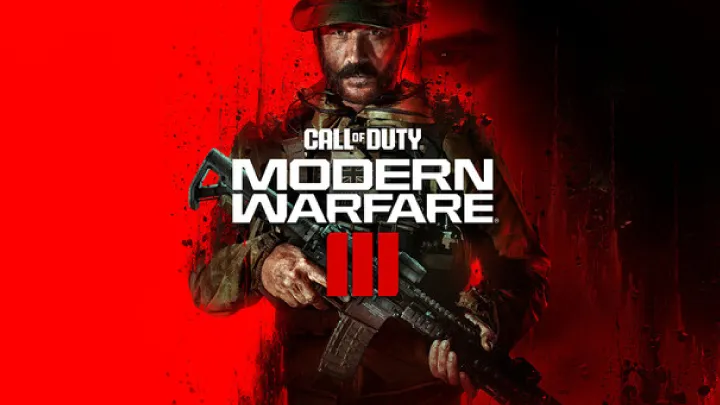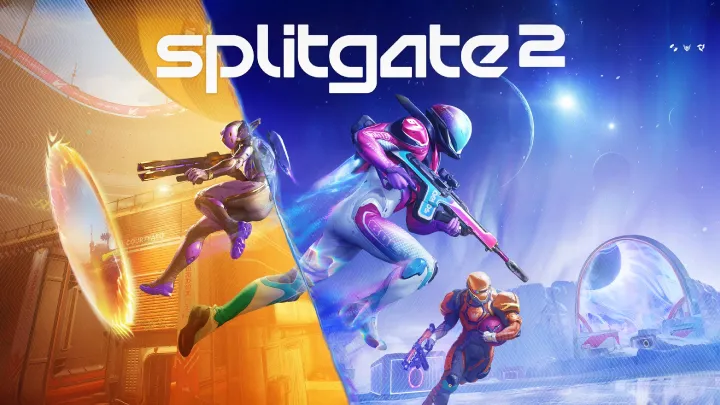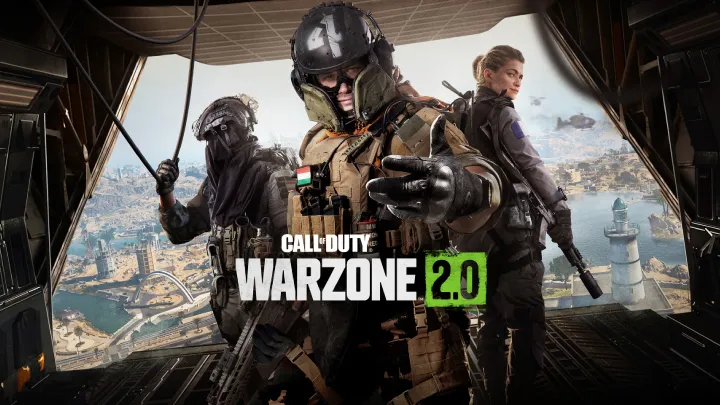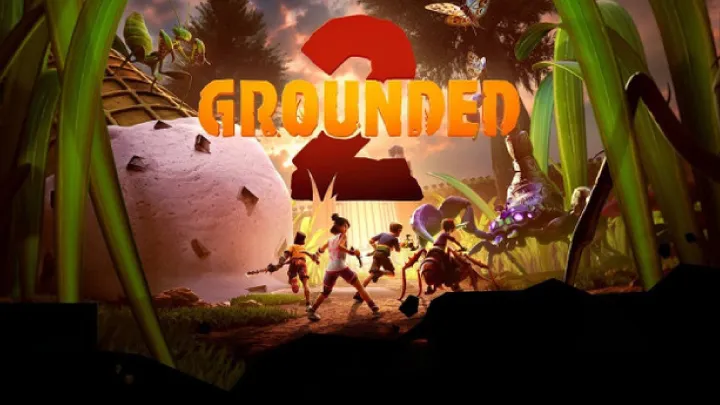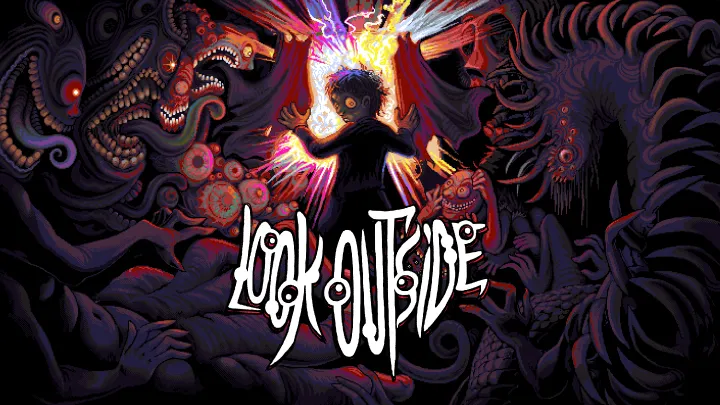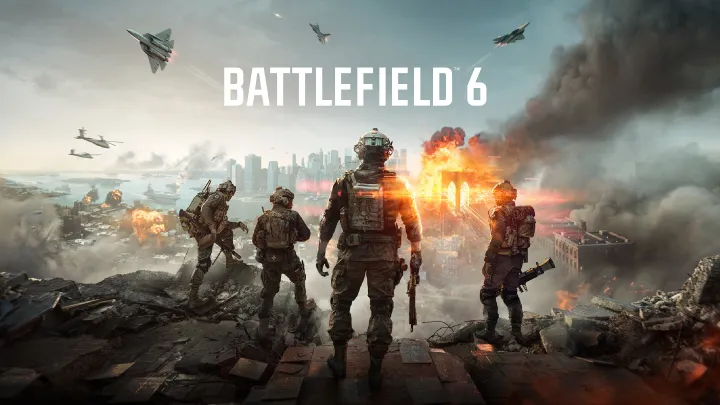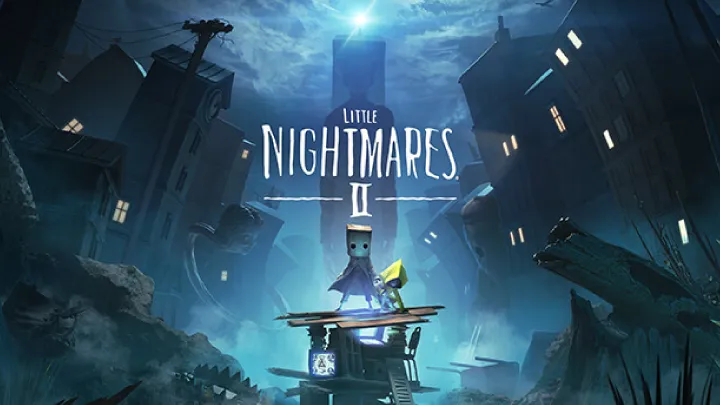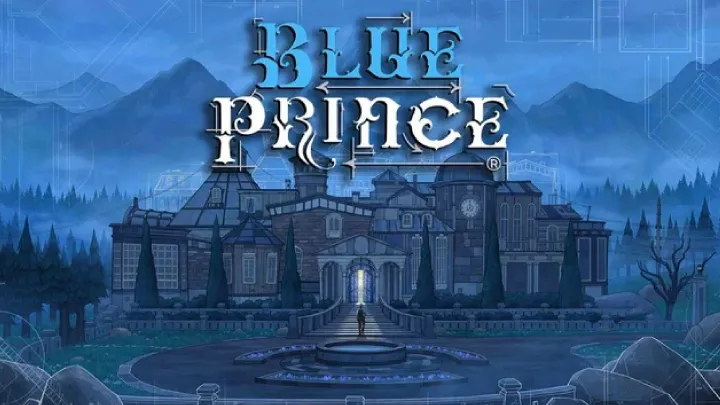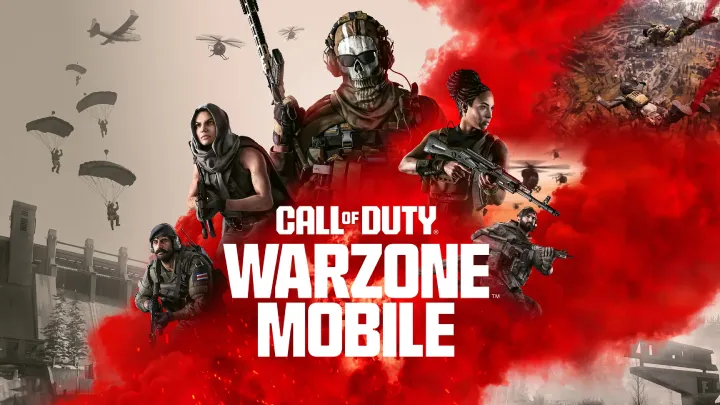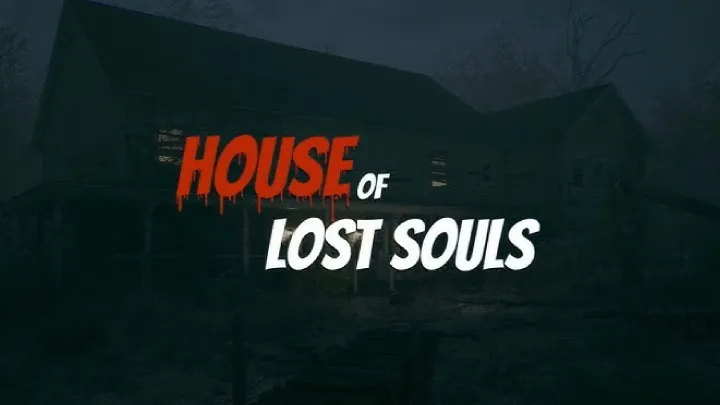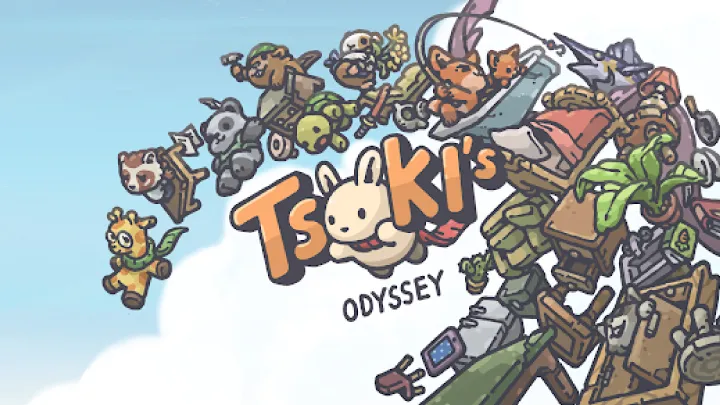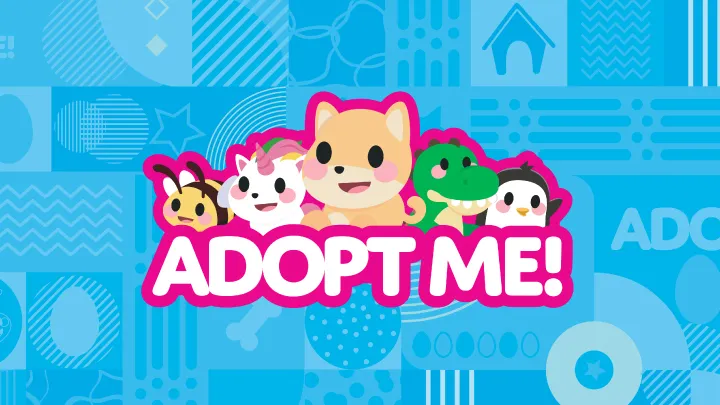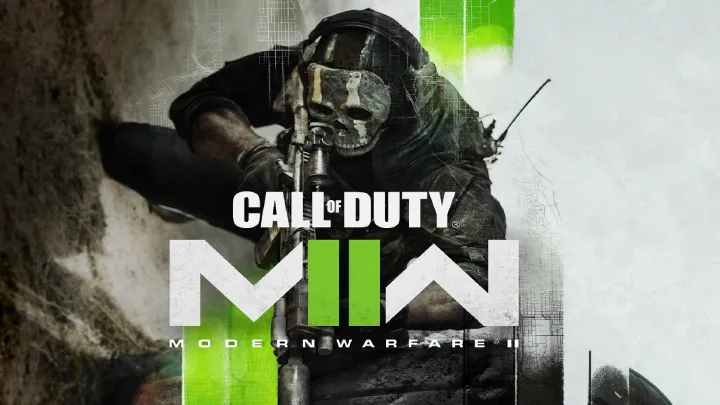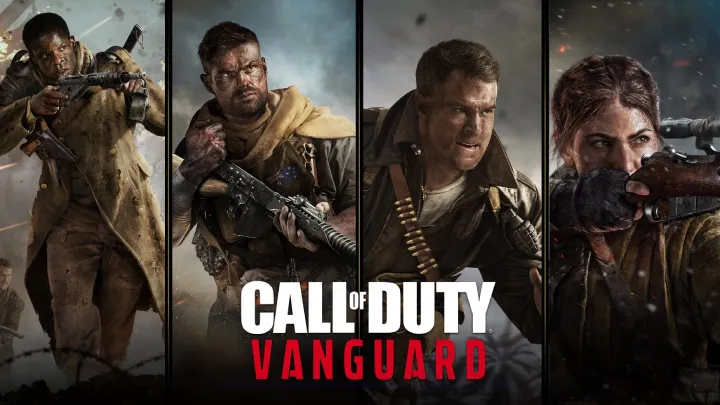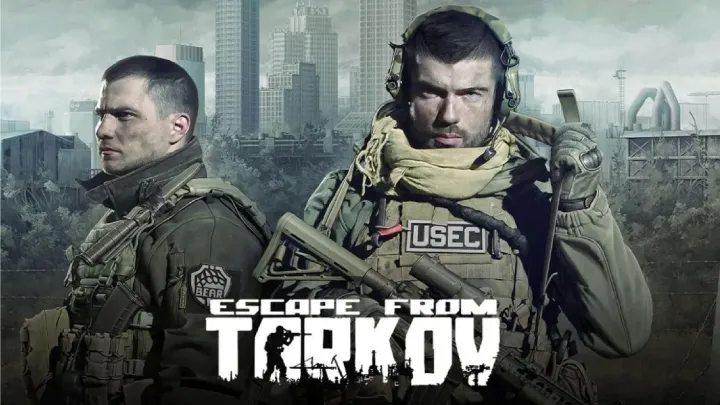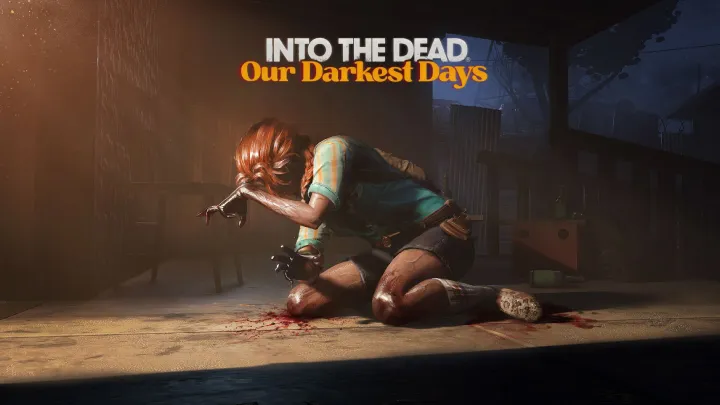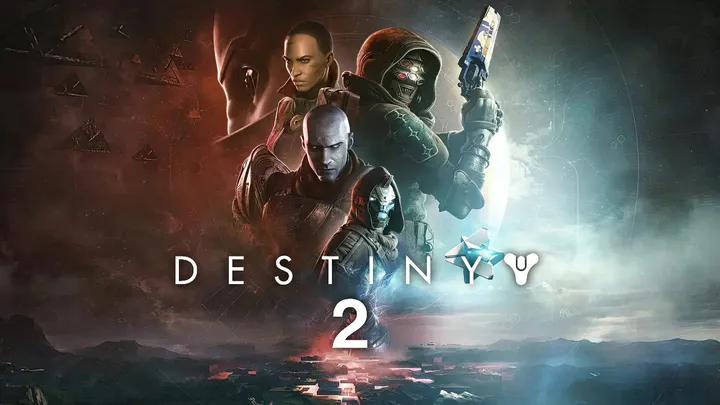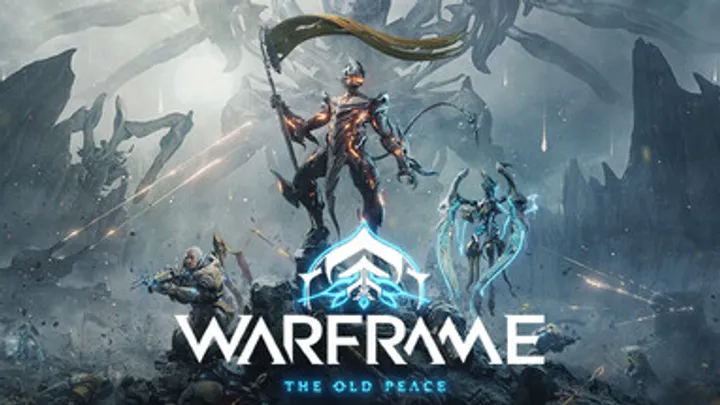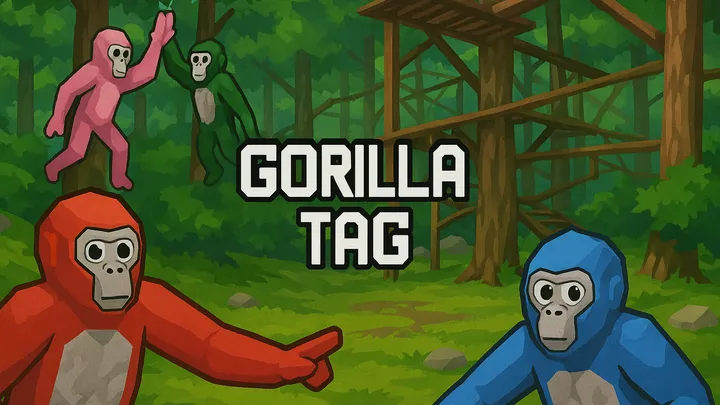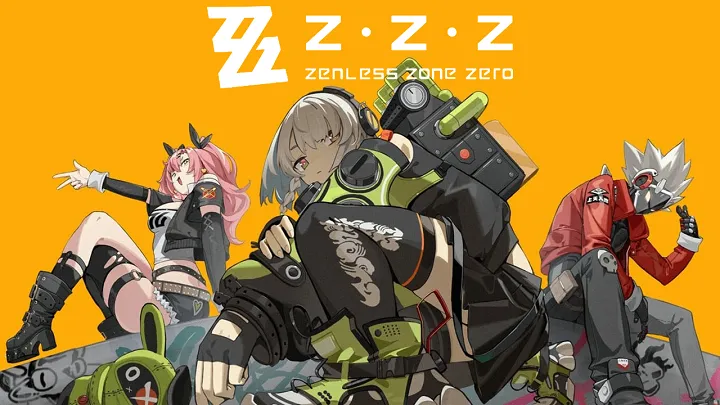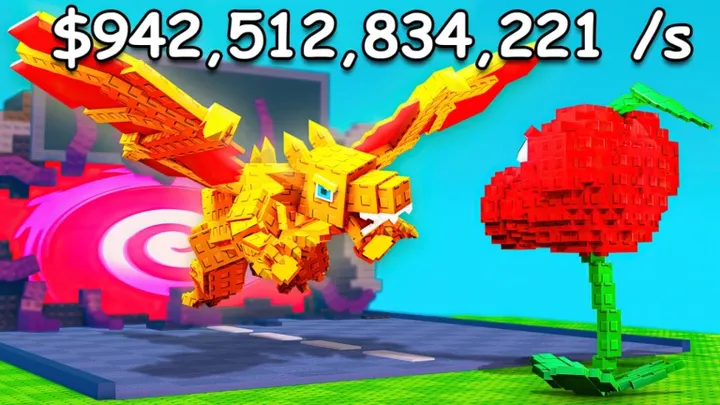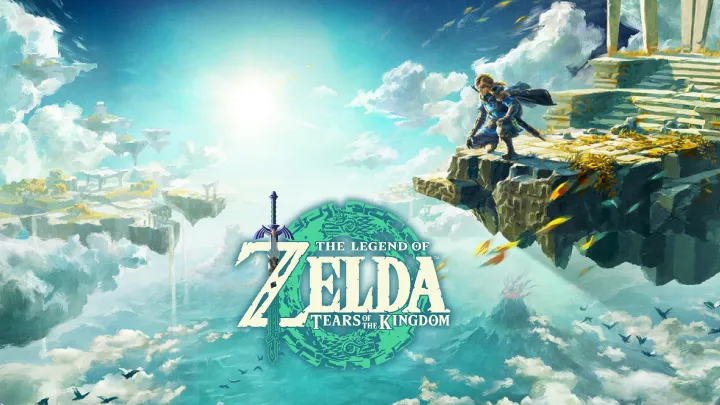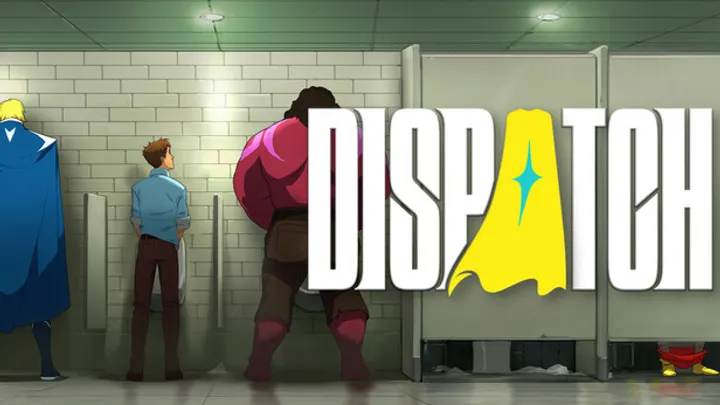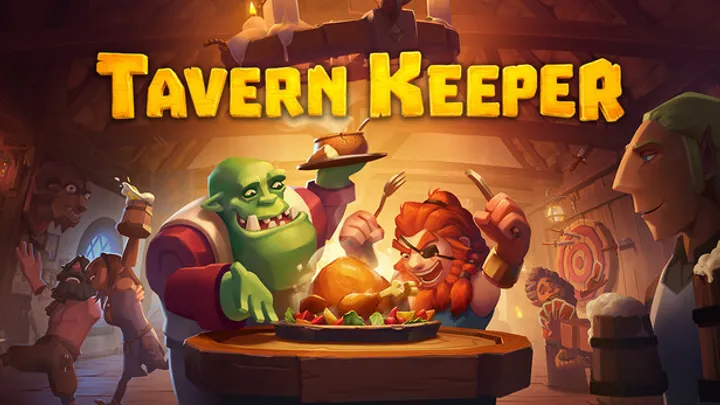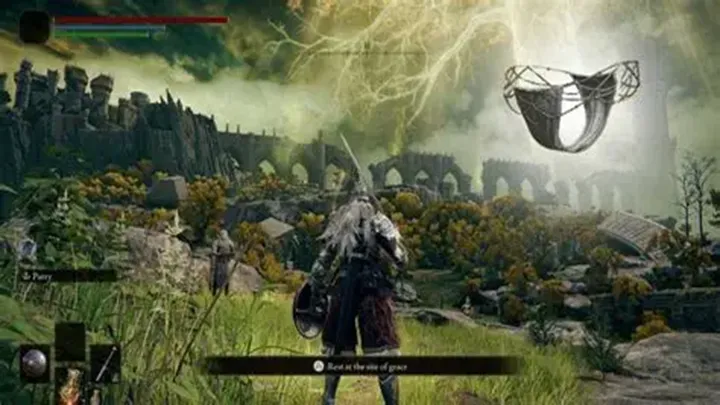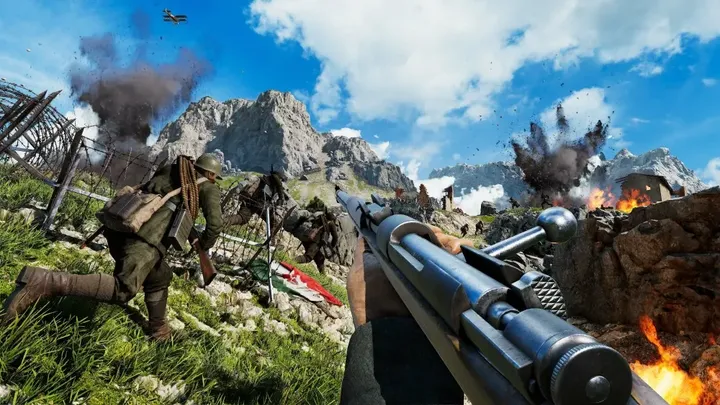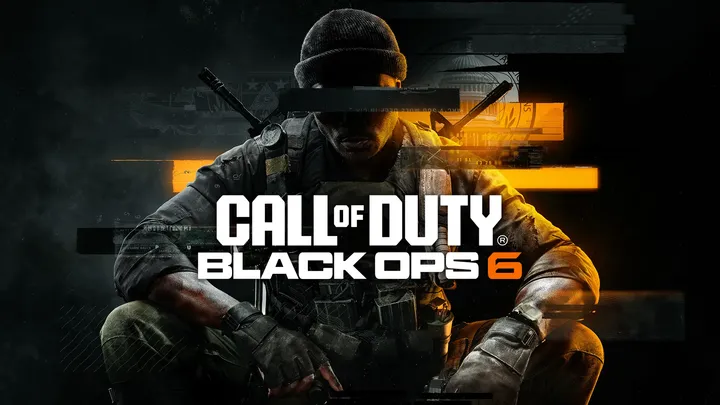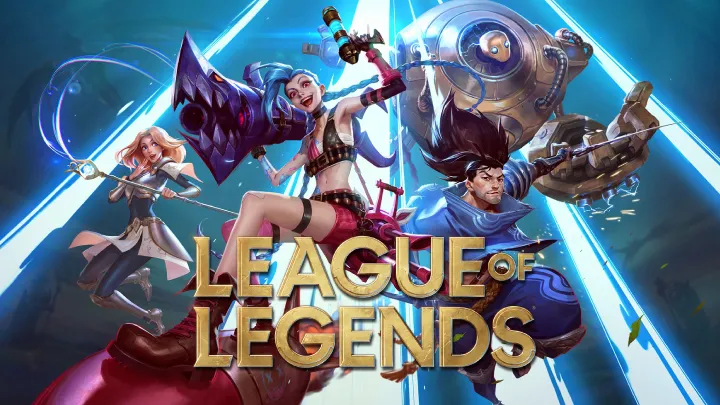Introduction
Warframe, developed by Digital Extremes, has established itself as a standout title in the free-to-play gaming landscape since its release in 2013. Merging elements of shooting, melee combat, and deep lore within an expansive cooperative multiplayer framework, Warframe offers players an incredibly rich experience. This action-packed title allows players to assume the role of the Tenno, a race of ancient warriors armed with biomechanical suits known as Warframes. With its ever-expanding universe, dynamic gameplay, and engaging community, Warframe continues to captivate gamers while maintaining its relevance in the competitive online landscape.
In this comprehensive review, I will explore the various aspects of Warframe, including gameplay mechanics, visual and audio design, narrative depth, community engagement, and the strengths and weaknesses of the title.
Core Gameplay Mechanics
Combat and Movement
At its core, Warframe excels in delivering fast-paced combat that keeps players engaged. The game allows players to seamlessly combine shooting and melee mechanics:
- Fluid Movement:
- Players can traverse the environment using parkour mechanics that include wall-running, double-jumping, and sliding. This fluidity in movement creates a dynamic gameplay experience as players navigate levels and evade enemies.
- The movement mechanics encourage exploration, allowing players to traverse large maps rapidly while engaging in combat.
- Diverse Combat Systems:
- Combat is multifaceted, featuring both ranged and melee attacks. Players can equip various weapons, from rifles and shotguns to swords and staves, each offering distinct gameplay experiences.
- Unique abilities tied to each Warframe allow for strategic combinations of attacks, creating opportunities for team synergy.
- Customization and Loadouts:
- Players can fully customize their Warframes and weapons, allowing for multiple play styles and approaches to combat. Players can invest in upgrades, mods, and loadouts that improve their capabilities and adapt to various challenges.
- The extensive modding system enables players to tailor their gear to fit their preferred combat techniques and roles within the team.
Missions and Objectives
Warframe features a wide array of mission types, each offering different objectives and challenges:
- Varied Mission Types:
- Missions range from assassination contracts to defense missions, capture missions, and invasions. This diversity keeps gameplay fresh and prevents monotony, as players must adapt their strategies according to mission requirements.
- Players can tackle missions solo or cooperate in teams of up to four players, enhancing the cooperative experience.
- Dynamic Environments:
- Each mission takes place across procedurally generated maps that change layouts and objectives, ensuring no two runs feel the same. The environmental design encourages players to explore and discover hidden secrets.
- Endgame Content:
- For experienced players, Warframe offers endgame content, including high-difficulty missions, raids, and special events that challenge players to test their skills and gear.
Visuals and Art Style
Graphics
One of Warframe’s most significant achievements is its striking visual design:
- Art Direction:
- The game employs a distinct sci-fi aesthetic infused with elements of fantasy, resulting in a visually captivating experience. Each Warframe boasts unique designs that reflect their themes, abilities, and lore.
- Detailed Environments:
- Levels are rich in detail, with dynamic lighting and atmospheric effects that enhance immersion. Each planet and station is designed with care, inviting players to appreciate the rich world-building.
- Character Models and Animations:
- Character animations are smooth and fluid, whether in combat or while navigating the environment. The attention to detail in animations and effects contributes to the overall gameplay excitement.
User Experience
The user interface is generally intuitive, making it easy for players to access important information about their Warframe, weapons, and missions. While the UI can be overwhelming initially due to the wealth of information, it becomes easier to navigate with experience.
Audio Design
Soundtrack and Effects
The audio in Warframe plays a crucial role in shaping the gaming experience:
- Engaging Soundtrack:
- The soundtrack features a mix of haunting melodies and upbeat tracks that adapt to the gameplay's intensity. Music heightens immersion, introducing an emotional backdrop to battles and exploration.
- Sound Effects:
- Sound effects are well-crafted, with distinct sounds for each weapon, ability, and environmental interaction. These auditory cues inform players about enemy positions, weapon conditions, and critical gameplay elements.
Narrative Depth
Storyline and Themes
While primarily an action game, Warframe features a deep narrative that unfolds through quests, lore, and cinematic experiences:
- Rich Lore:
- The game is steeped in lore that involves ancient civilizations, the war between the Tenno and various factions, and the struggle for survival. This intricate world-building enhances player immersion and investment in the story.
- Character Development:
- The various factions (Grineer, Corpus, Infested, and others) have distinct histories and motivations that contribute to the overarching storyline. Players can explore their relationships and conflicts through quests and cinematic sequences.
- Quests and Cinematics:
- Quests often include substantial cutscenes that provide context and emotional depth. These cinematic moments help to connect players to the characters and themes, enriching the overall narrative experience.
Community Engagement
- Community Contributions:The Warframe community is active and engaged in creating fan content, discussions, and theories revolving around the game’s lore. This vibrant environment fosters a strong connection between players and developers.
- Developer Interaction:Digital Extremes maintains a robust relationship with its player base, regularly seeking feedback and hosting events that involve the community. Developers actively communicate about updates, expansions, and new content, strengthening community bonds.
Strengths and Weaknesses
Strengths
- Fluid Combat Mechanics: The combination of shooting, melee, and movement options creates a fast-paced and engaging gameplay experience.
- Rich Customization: Players can extensively customize their Warframes, weapons, and play styles, encouraging experimentation and personal expression.
- Engaging Lore: The deep narrative and intricate lore provide context and emotional investment in the characters and storyline.
- Visually Captivating: Stunning graphics and artistic design create immersive gameplay moments and enhance player satisfaction.
- Active Community: An engaged and passionate player community fosters creativity and ongoing discussions, enriching the overall experience.
Weaknesses
- Steep Learning Curve: New players may find the mechanics and lore overwhelming, requiring time to adapt fully to the game’s complexity.
- Repetitive Gameplay: Some players may find the mission structure repetitive over time, especially when grinding for resources or leveling up.
- Technical Issues: Players may encounter bugs or performance-related issues, particularly after major updates.
- Balancing Challenges: The diverse range of Warframes and abilities can lead to issues with balance, affecting competitive integrity in certain scenarios.
- Content Accessibility: Some content, such as certain frames and weapons, may be locked behind more demanding grind mechanics, potentially discouraging casual players.
Future Prospects
Updates and Expansions
Digital Extremes regularly provides content updates that enhance the game significantly:
- New Warframes and Content:
- Players can expect ongoing releases of new Warframes, weapons, quests, and cinematic missions, keeping the game fresh and engaging.
- Quality of Life Improvements:
- Continued focus on player feedback will likely lead to more quality-of-life updates, making the game more user-friendly and addressing concerns raised by the community.
Community-Driven Events
Encouraging community-driven events, such as contests for fan art or cosplay, could further enhance player engagement, fostering creativity and community spirit.
Conclusion
Warframe stands as a testament to the evolution of the action genre, delivering fast-paced gameplay, deep mechanics, and an engaging narrative that resonates with players. Its success is not merely attributed to its mechanics but also to the passionate community that has grown around it.
Final Thoughts
In summary, Warframe is a dynamic and immersive experience that invites players to explore a rich universe filled with action, creativity, and camaraderie. While it may present challenges in learning and progression, its strengths in combat mechanics, customization, and community support make it a must-play for both newcomers and veterans alike. Prepare to embark on an extraordinary journey as you don your Warframe and confront the challenges that await you in the ever-expanding universe of Warframe!
